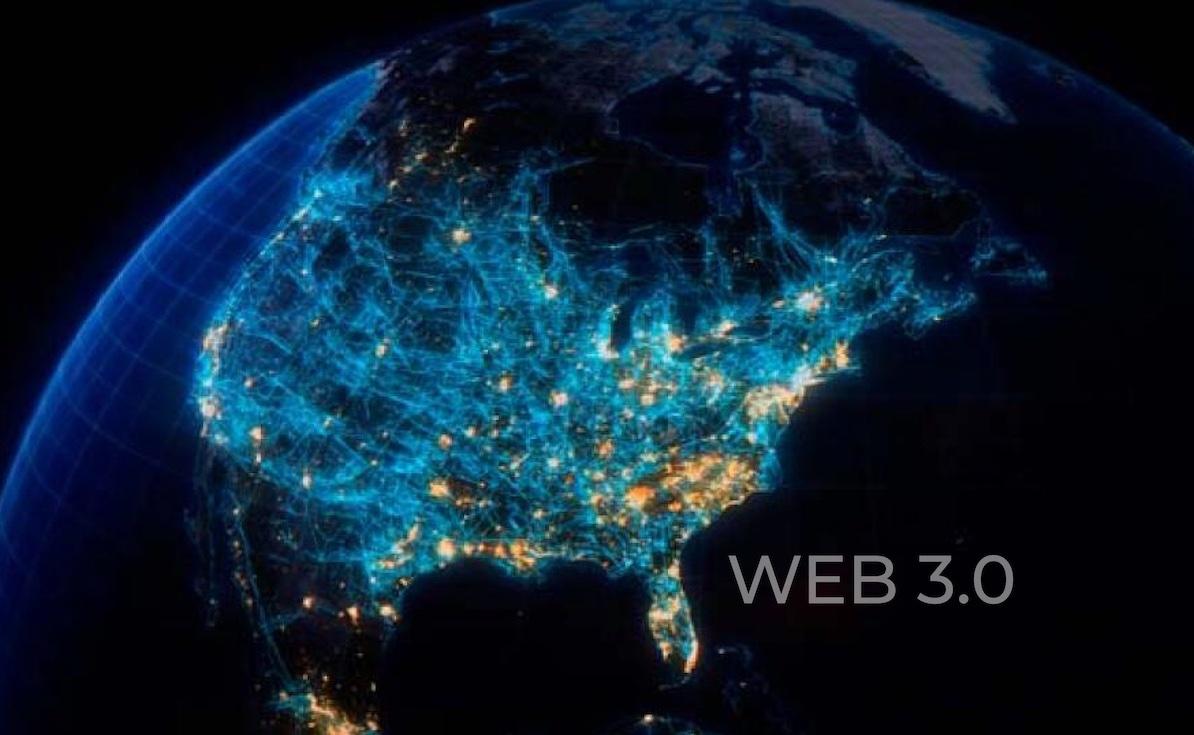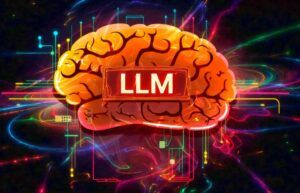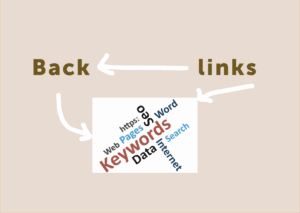
Web 3.0 is the next generation of the internet, which is being developed to provide users with a more decentralised, transparent, and secure online experience. Unlike the current web, which is predominantly controlled by a few large corporations, Web 3.0 is designed to be decentralised, empowering individuals and communities to take control of their data, identity, and online interactions.
In this article, we will explore the concept of Web 3.0 in detail, including defining characteristics, technologies that underpin, potential benefits and challenges of this new paradigm.
History of the Web
To understand Web3, it is helpful to first look at the evolution of the web over the past few decades. The first generation of the web, often referred to as Web 1.0, was a static, read-only web, where users could only consume content but not create or share it. This web was dominated by static HTML pages and simple web applications, such as online directories and search engines.
The second generation of the web, or Web 2.0, emerged in the early 2000s and introduced dynamic, interactive web applications that enabled users to create, share, and collaborate on content. This web was characterised by social networks, blogs, wikis, and other user-generated content platforms that allowed for richer and more engaging online experiences.
However, Web 2.0 also came with its own set of challenges and problems, such as the centralisation of power and data in the hands of a few large corporations, the lack of privacy and security for users, and the spread of fake news, misinformation, and censorship. These issues have led to a growing dissatisfaction with the current state of the web and a search for alternative solutions.
What is Web 3.0?
Web 3.0, also known as the decentralised web or the semantic web, is the next evolution of the internet. The core philosophy is centred around the idea of decentralisation, meaning that instead of relying on a few large companies to control the online experience, Web 3.0 is designed to be peer-to-peer, where users can interact with each other directly without intermediaries.
At its core, Web 3.0 is built on a set of technologies that enable decentralised, and peer-to-peer architecture. These technologies include blockchain, decentralised storage, peer-to-peer networking, and decentralised identity.
Blockchain is a distributed ledger technology that allows for the creation of secure, tamper-proof digital records. Decentralised storage refers to a network of computers that store data in a distributed manner, making it more resilient to censorship and attacks. Peer-to-peer networking allows for direct communication between computers without the need for intermediaries. Decentralised identity refers to a system where users have full control over their online identity and can choose what information to share with whom.
Together, these technologies enable Web 3.0 to provide a more secure, transparent, and user-centric online experience.
Characteristics of Web 3.0:
Web 3.0 is characterised by several key features that distinguish it from the current web. These include:
- Decentralisation: there is no central authority controlling the online experience. Instead, users interact with each other directly, without intermediaries.
- Interoperability: different applications and services can work together seamlessly. This is achieved using open standards and protocols.
- Privacy: users have greater control over their data and privacy, and full control over their online identity, able to choose what information to share with whom.
- Security: increased security than the current web. Blockchain technology provides a tamper-proof record of transactions, while decentralised storage makes data more resilient to attacks.
- Transparency: greater transparency than the current web. Blockchain technology provides a transparent record of transactions, while decentralised storage makes it more difficult to manipulate data.
- User-centric: more user-centric than the current web. Users have greater control over their online experience and can interact with each other directly, without intermediaries.
Technologies that underpin Web 3.0:
Several key technologies underpin Web 3.0. These technologies enable the decentralised, peer-to-peer architecture of Web 3.0, and include:
- Blockchain: Blockchain technology is a distributed ledger that provides a secure, tamper-proof record of transactions. It is the foundation of many Web 3.0 applications, including cryptocurrencies, decentralised finance (DeFi) platforms, and non-fungible tokens (NFTs). Smart contracts are self-executing programs that run on a blockchain and can automate the negotiation, execution, and enforcement of agreements between parties. Smart contracts can be used to create decentralised applications (DApps) that are transparent, secure, and autonomous, without the need for intermediaries or central authorities.
- Decentralised storage: Decentralised storage enables data to be stored in a distributed manner, making it more resilient to censorship and attacks. In contrast to centralised storage, where data is stored in a single location, decentralised storage uses a network of computers to store data in a distributed manner. This technology is used in Web 3.0 applications that require secure and resilient storage, such as decentralised social media platforms and file sharing applications.
- Peer-to-peer networking: Peer-to-peer networking enables direct communication between computers without the need for intermediaries. This technology is used in Web 3.0 applications that require direct interaction between users, such as decentralised marketplaces and social media platforms.
- Decentralised identity: Decentralised identity is a system where users have full control over their online identity and can choose what information to share with whom. This technology is used in Web 3.0 applications that require secure and user-centric identity management, such as decentralised social media platforms and identity verification systems.
- Interoperability standards: Interoperability standards enable different Web 3.0 applications and services to work together seamlessly. These standards ensure that data can be shared between different applications and services, enabling users to create more complex and sophisticated applications. Examples of interoperability standards in Web 3.0 include the Ethereum Virtual Machine (EVM) and the InterPlanetary File System (IPFS).





